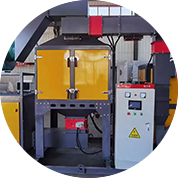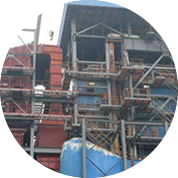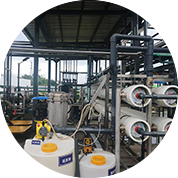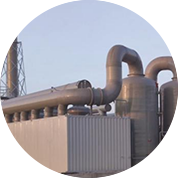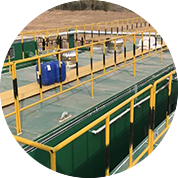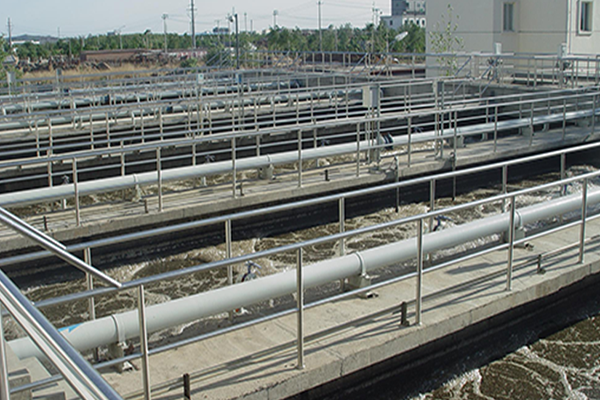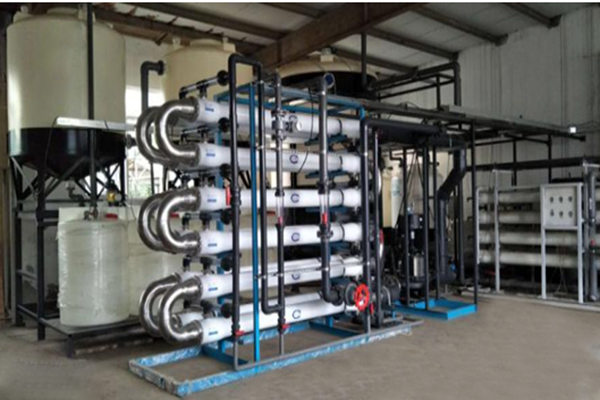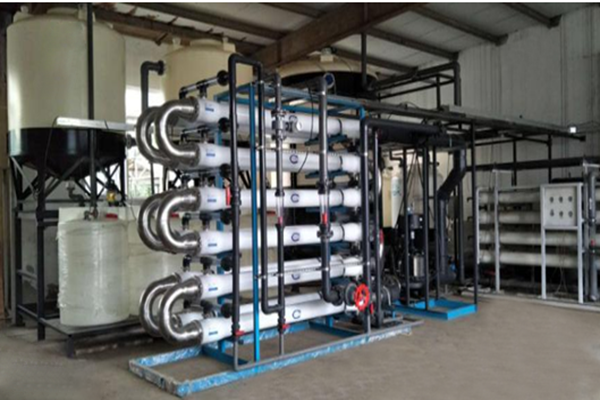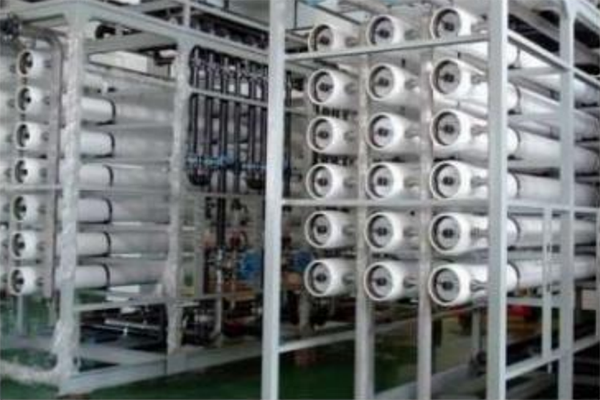
Welcome to Ruiming Environment!
News
 Hotline
Hotline
Common treatment process scheme of deodorizing waste gas
1, odor substance overview
Odor is the odor in air, water, soil, waste and other substances, through the air medium acting on people's olfactory organ perception and cause unpleasant feelings and harmful to human health of a kind of public hazard gaseous pollution substance. The odor commonly referred to is the foul-smelling gas produced during chemical reactions.
(I) Sources and types of malodorous substances:
Odor sources are widely distributed, but most of them come from chemical plants, waste treatment plants, sewage treatment plants, feed plants and fertilizer processing plants, livestock products farms, tanneries, pulp plants and other industrial enterprises, especially oil containing trace amounts and a variety of structural forms of sulfur, oxygen, hydrogen and other compounds, in storage, transportation and heating, decomposition, synthesis and other processes In the atmosphere, resulting in odor pollution of the environment. The Law of the People's Republic of China on the Prevention and Control of Air Pollution, which was revised in 1995, clearly stipulates that units discharging malodorous gases into the atmosphere must take measures to prevent the pollution of surrounding residential areas. Common odorous substances are shown in Table 10-31. The maximum one-time emission limit of 8 kinds of odor pollutants and odor concentration limit of compound odor substances are stipulated in the Emission Standard of Odor Pollutants (GB 14554-93).
(2) Strength standards of fetid substances:
(3) Control and treatment of malodorous substances
In order to make odorous substances can not stimulate the olfactory organs, the following four methods are usually adopted to control and deal with.
(1) Sealing method
(2) dilution method
(3) Masking method
(4) purification method
Because there are many kinds of malodorous substances with different properties, it is necessary to fully grasp the types, physical and chemical properties and concentration of malodorous substances before choosing treatment methods, and then choose one or several different methods to deal with them.
For different industries of odor, concentration is not the same, using a single process element method to meet the requirements of environmental protection, the use of combination process to deal with so as to meet the requirements of environmental protection.
- More > Discussion on waste gas treatment technology of lithium battery recovery
- More > Economic comparison between TO direct combustion furnace and RTO incinerator
- More > MBBR process processing shortcomings and application prospects!
- More > Introduction to common waste gas treatment technology
- More > Biochemical treatment of wastewater
Shenzhen Ruiming Environmental Technology Co., Ltd.
-
 Phone:13823530689
Phone:13823530689 -
 E-mail:szrme_008@126.com
E-mail:szrme_008@126.com -
 Phone:0755-86208689
Phone:0755-86208689 -
 Address:Building 47, Xinwei Village, Xili Street, Nanshan District, Shenzhen
Address:Building 47, Xinwei Village, Xili Street, Nanshan District, Shenzhen Copyright © 2022 Building 47, Xinwei Village, Xili Street, Nanshan District, Shenzhen All Rights Reserved.
 Tik Tok
Tik Tok
 Public number
Public number
Hotline:13823530689

